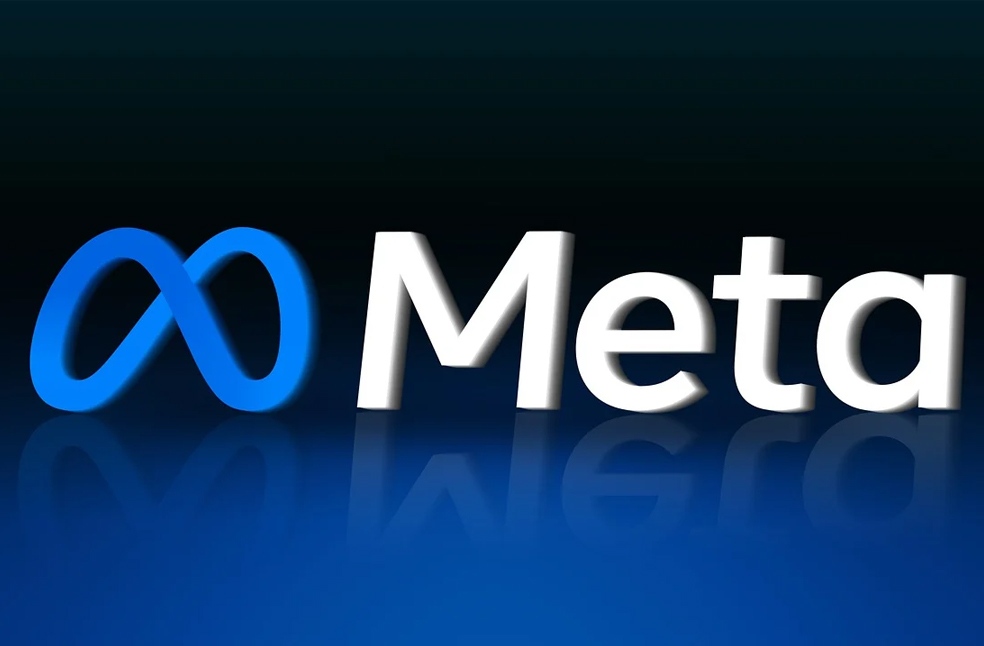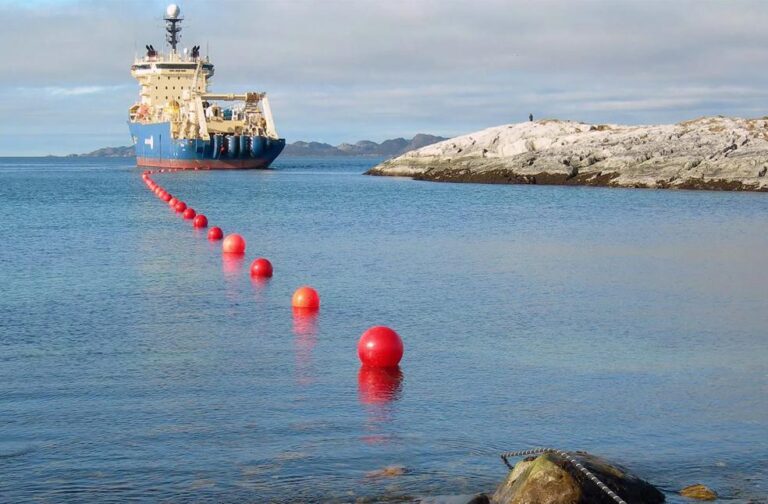San Francisco, USA: Meta has revealed its ambitious plans for Project Waterworth, a subsea cable system spanning 50,000km (31,000 miles) that will connect key regions, including the US, India, South Africa, Brazil, and other areas.
This multi-billion-dollar project, once completed, will become the world’s longest underwater cable, revolutionizing global connectivity. The initiative aligns with Meta’s goal to enhance its AI capabilities and improve its technological infrastructure across the globe.
Meta’s subsea cable will use a 24-fiber-pair system, offering higher capacity for data transfer. The tech giant envisions this project as a catalyst for economic cooperation, digital inclusion, and technological development across five major continents.
The company has emphasized that subsea cables are critical for enabling digital services and transferring data worldwide, as over 95% of global internet traffic relies on such infrastructure.
The project will be one of the largest of its kind, joining other major subsea cable projects like 2Africa, backed by Meta and mobile network operators such as Orange, Vodafone and China Mobile which spans 45,000km and connects three continents.

Meta’s involvement in the expansion of subsea cable systems underscores the growing trend of tech giants taking charge of digital infrastructure, traditionally dominated by national telecom companies.
Telecommunications experts note that the increasing dominance of large tech firms in laying subsea cables is a reflection of their substantial financial resources.
Meta’s move to control more of the connectivity landscape aims to provide an integrated experience for users, positioning the company as a leader in global digital connectivity.
As the significance of subsea cables grows, concerns about security have escalated. The vulnerability of such infrastructure to geopolitical threats, accidents, or attacks has become a key concern. In response, Meta has outlined plans to secure its cable system by using enhanced burial techniques in high-risk areas, including shallow waters near coastlines, to protect against hazards such as ship anchors.
Meta’s project also highlights the increasing reliance on subsea cables and the growing geopolitical implications of protecting these vital digital highways. The company’s efforts to shield its subsea cables from potential damage come at a time when geopolitical tensions are escalating, particularly involving countries like Russia and China.



